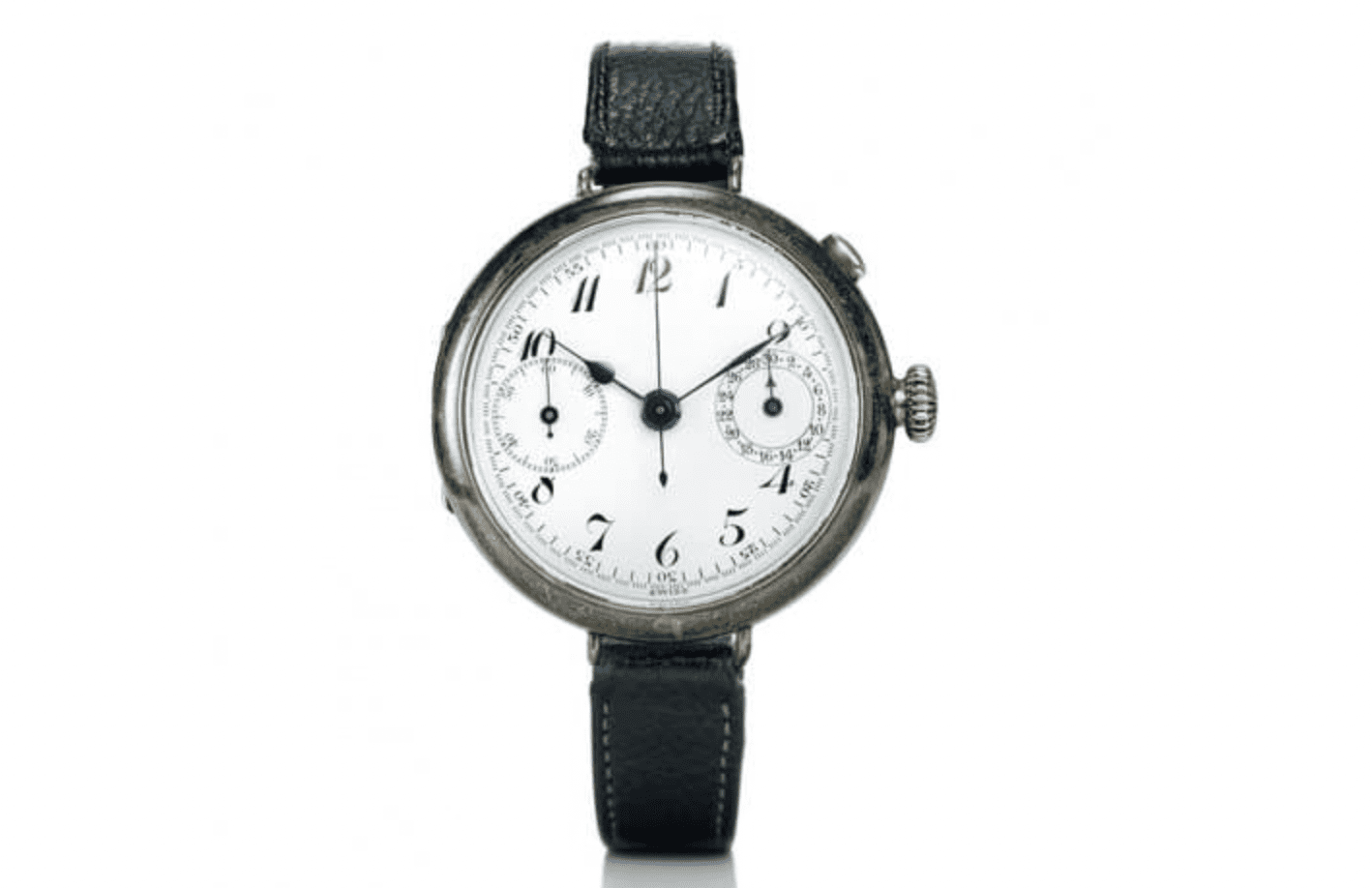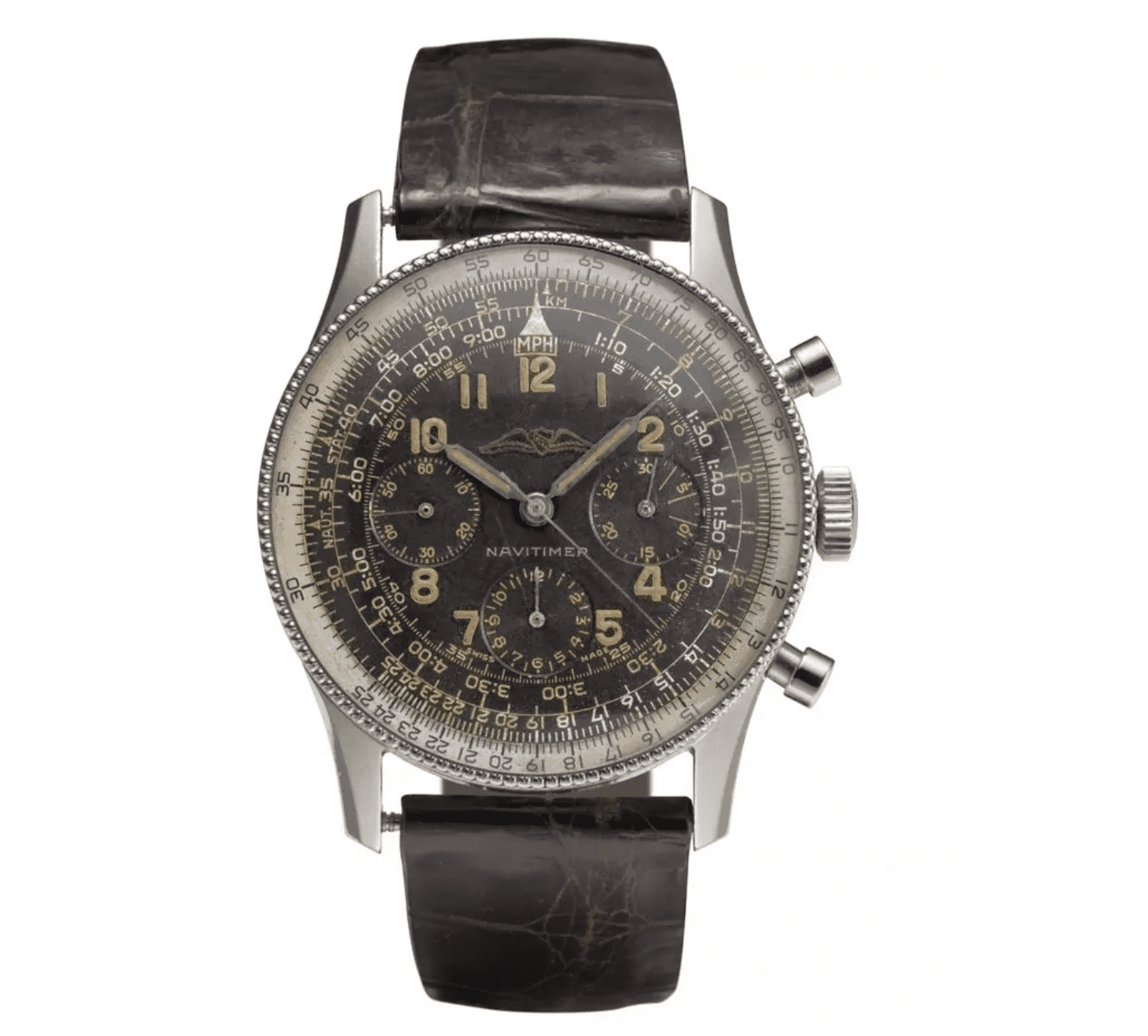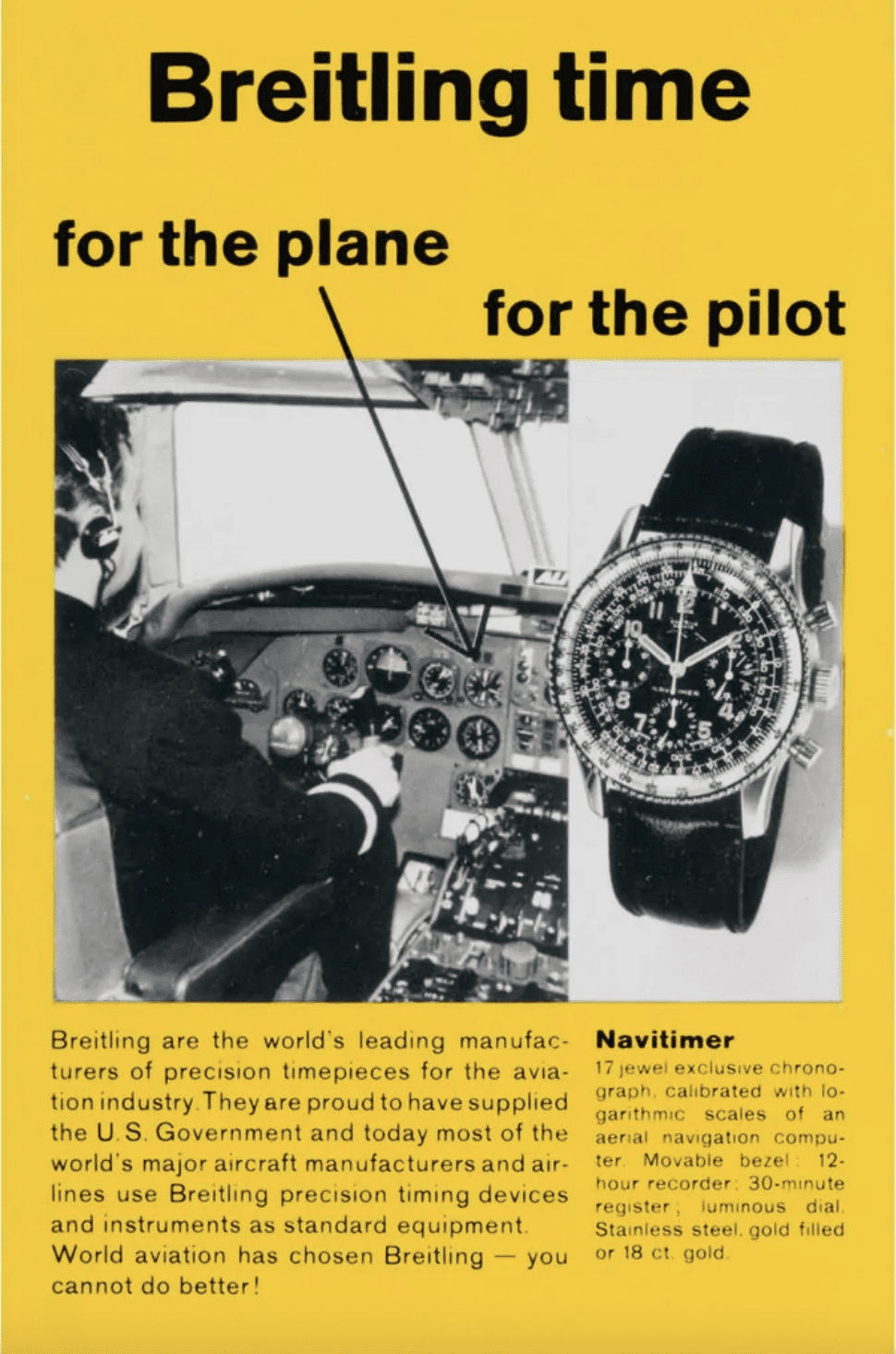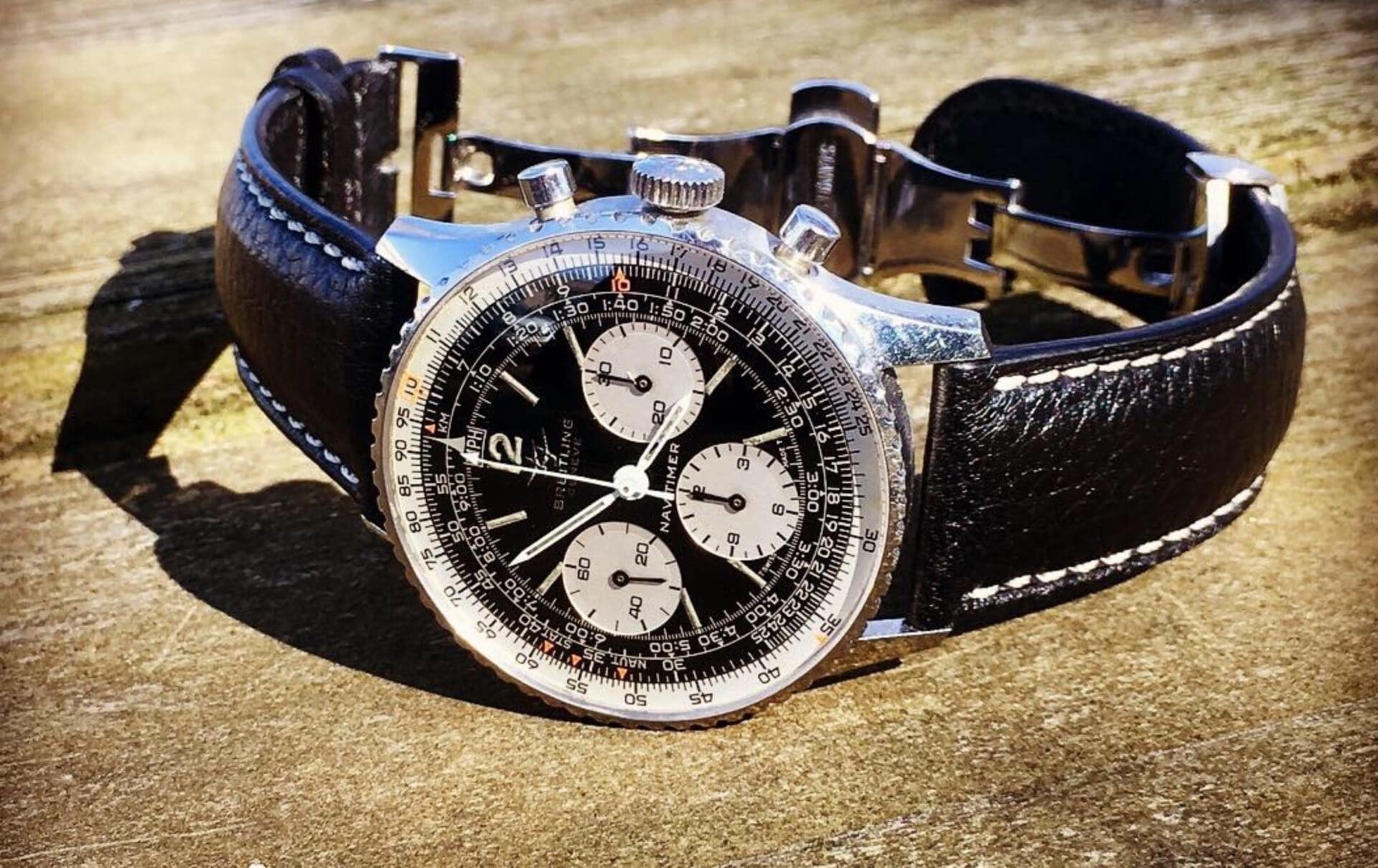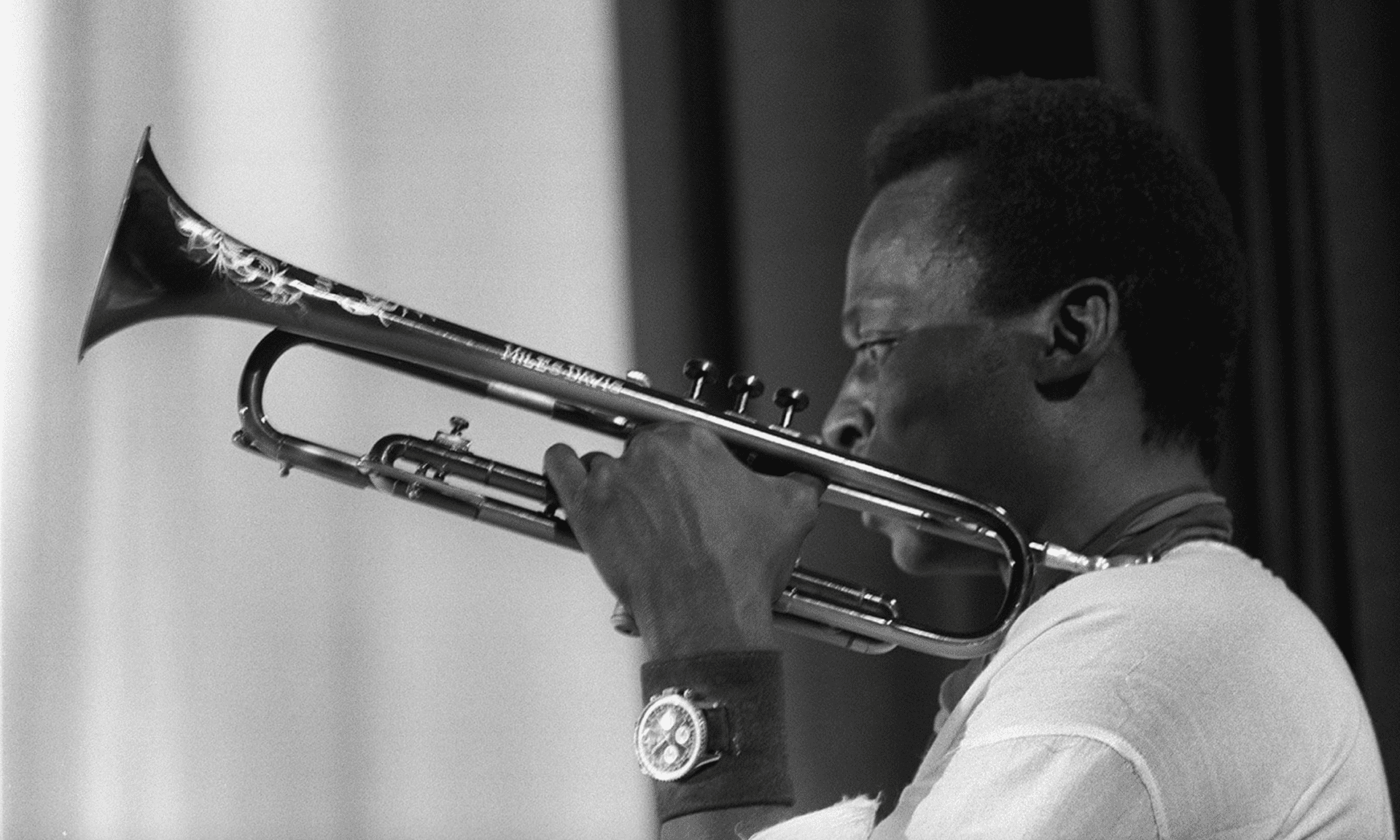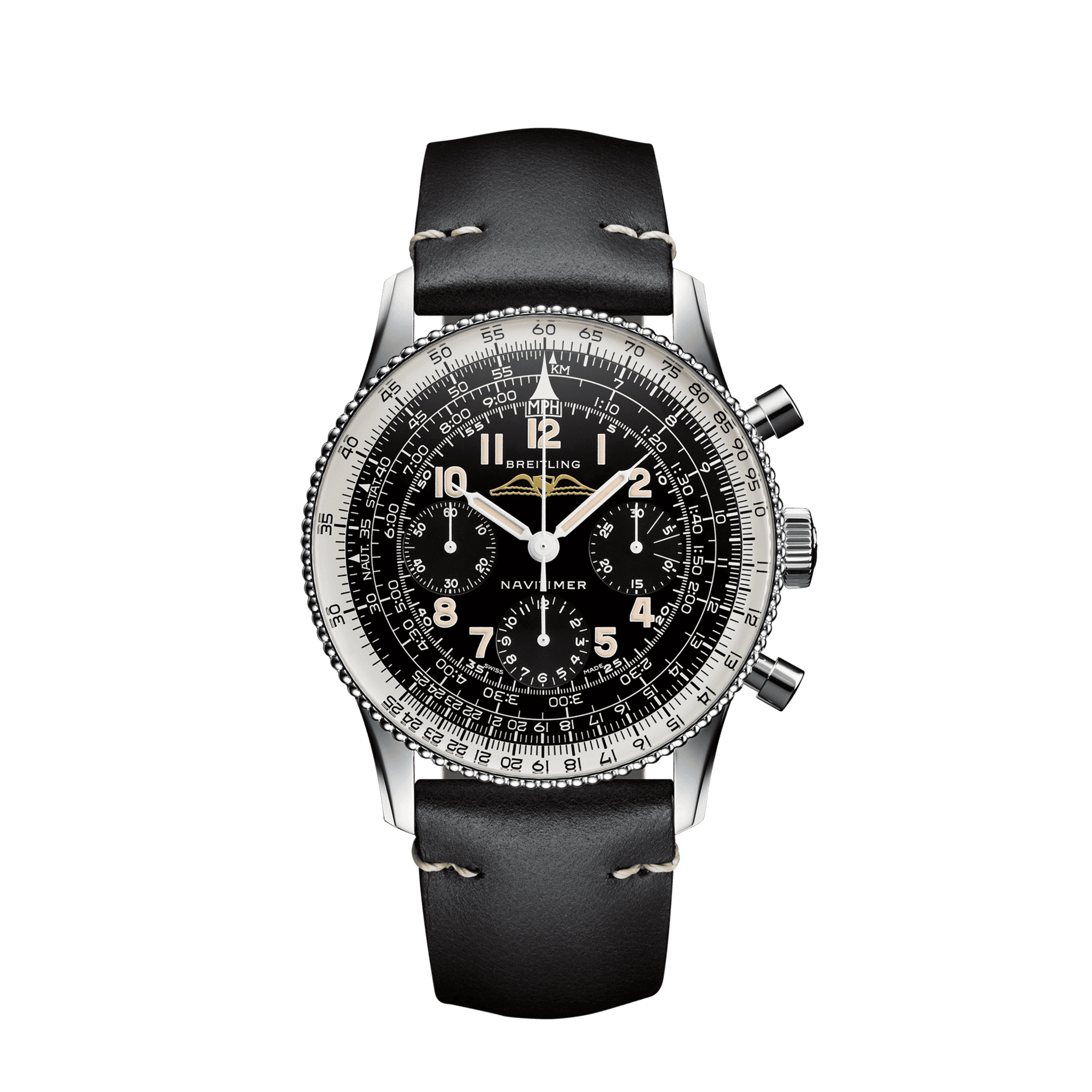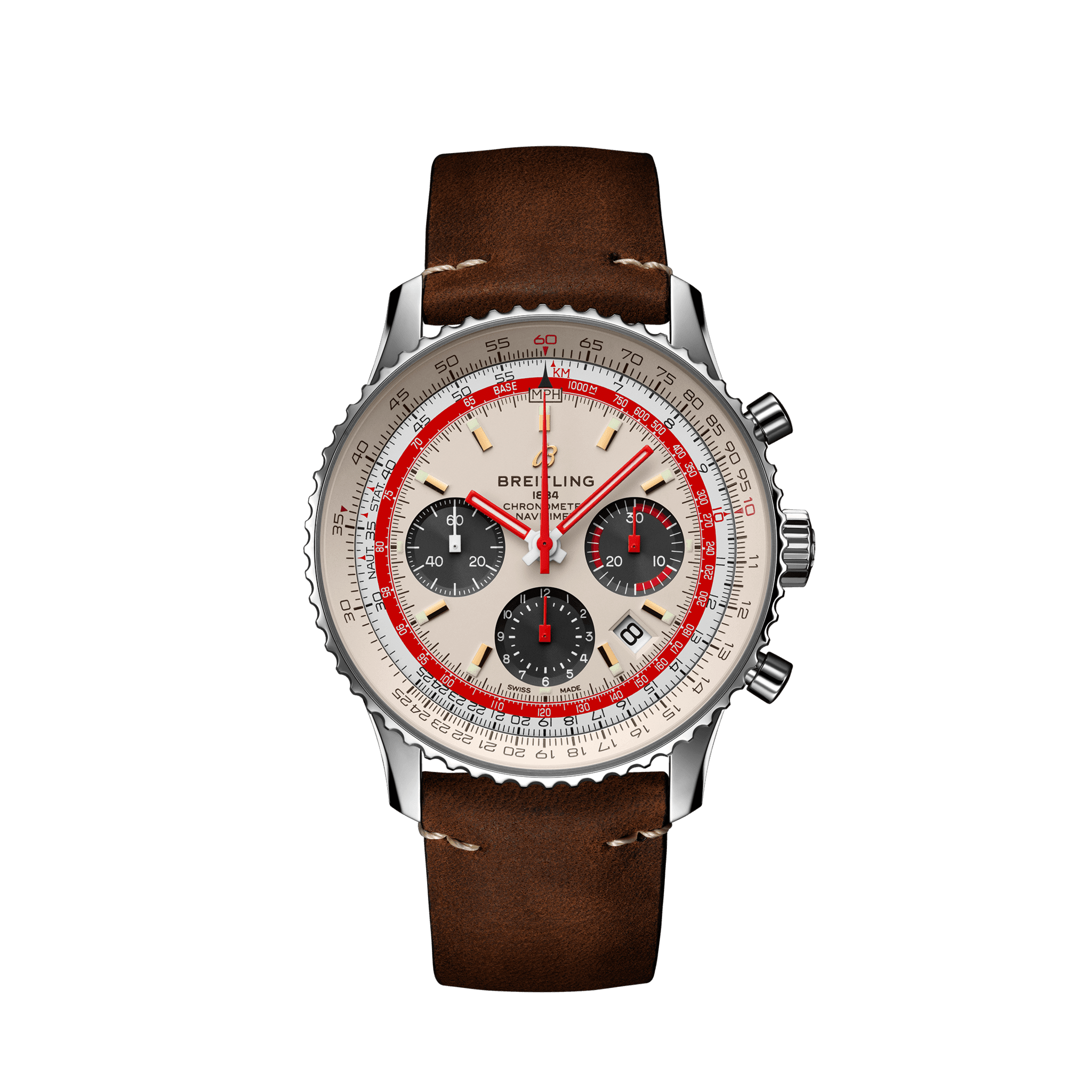Built for the cockpit, the Breitling Navitimer is a true pilot’s watch
D.C. HannayWelcome to The Icons, a series where we take a horological deep dive into the most legendary watches of all time. We’ll delve into the story behind the watch, its evolution over the years, famous (and infamous) wearers, the classic references, and the contemporary versions you should be checking out. This week: it’s the Breitling Navitimer…
 Introduction
Introduction
When you think of the classic chronograph watches, a few names instantly spring to mind: Omega’s Speedmaster, the Rolex Daytona, Zenith’s El Primero, and the ne plus ultra of pilot’s watches, the Breitling Navitimer. Not only is the Navitimer probably the first name you think of when talking about pilot’s watches, it’s the first watch you think of whenever Breitling is mentioned. And it’s one of the best examples of a purpose-built timepiece for aviation: The Navitimer truly put the “tool” in “tool watch”. And flying was my introduction to the Navitimer. My father was a pilot, and he wore a Ref. 806 in the days before computerized navigation. So how did the Navitimer reach the stratospheric heights of Icon status?
Early History
You’ll need to travel back more than 100 years to find one of the first wrist-worn chronographs, a 1915 Breitling pocket watch with a strap and, importantly, a single pusher. A few years later in 1923, Breitling introduced a chronograph with two pushers, one at 2 o’clock, and the other in the crown. It’s this watch that made it possible for a stopwatch to measure multiple times in sequence, a truly revolutionary moment in timekeeping.
By WWII, Breitling had become renowned for their chronographs, and in 1940, introduced the first one featuring a slide rule bezel, the Chronomat. With that one feature, pilots could perform mathematical calculations without relying on the circular slide rules used up until that point. Then in 1952, the company was approached by the Aircraft Owners and Pilots Association (AOPA) to come up with a specific tool watch for the pilots of their membership. The result? The very first Navitimer, with an all-black dial, 41mm stainless case, chronograph movement (supplied by both Venus and Valjoux at varying times), winged AOPA logo, and that all-important bidirectional slide rule bezel.
This slide rule specifically catered to pilots, making it convenient to calculate average speed, distance traveled, fuel consumption, rate of climb or descent, and the conversion of miles to kilometres or nautical miles. With the convenience the Navitimer offered, it was a hit with pilots.
With that success, the Navitimer, now known as the Reference 806, was released to a wider audience in 1956, this time with a Breitling brand above the “wings” logo.
Rise To Fame
It wasn’t long before the Navitimer sent ripples throughout the rest of the world. Astronauts of the United States’ nascent NASA program started wearing it too, with Lt. Cmdr. Scott Carpenter requesting one in 1962 with a 24 hour dial (the “Cosmonaute”), to distinguish day from night in the blackness of space during his orbital mission. By this time, the Navitimer’s subdials had switched from black to silver, or “reverse panda”, for easier legibility.
The logo was changed again from wings to the iconic “Twin Jet”, and by the end of the ’60s, the subdials were also enlarged, with those references being nicknamed “Big Eyes”. But time was ticking for the manual wound chronograph, and in 1969, as part of a race to market against Zenith and Seiko, Breitling, along with the consortium of Heuer/Leonidas, Hamilton/Buren, and Dubois-Depraz, released their automatic chronograph movement, the Calibre 11. The resulting watch was the Ref 1806, and for the first time the Navitimer included a date window.
In the ensuing years, many more variations were released, but Breitling’s fortunes waned, and after ownership passed from the Breitling family in 1979, the Navitimer seemed destined to follow in the bigger and blingier footsteps of some of Breitling’s newer models. Flash triumphed over function for the most part, until finally, a private equity firm led by former IWC honcho Georges Kern bought out the company in 2017. Vintage watches were really heating up, and he was determined to restore the Breitling name to its former glory. His first shot across the bow of the watch world was the spectacular black-dialled Navitimer Ref. 806 1959 Re-Edition, and he couldn’t have picked a better place to start. He even brought in one of the world’s biggest Breitling collectors, Fred Mendelbaum (on Instagram as @watchfred) as consultant. And boy, did they get it right. Mendelbaum went so far as to reject prototypes until they had the correct number of tiny beads on the outer edge of the bezel. Needless to say, the new “old” Navi was a smash, and Breitling was back, and with it an ever-growing stable of retro-tastic Re-Editions to complement the rest of the line. Breitling is once again a Swiss powerhouse, with aggressive marketing that includes “squads” of celebrity and sports ambassadors, including Adam Driver, Charlize Theron, Brad Pitt, former astronaut Scott Kelly, and surfing great Kelly Slater.
Famous Wearers
Jazz legend Miles Davis famously wore his Navitimer on a wide leather strap, a cool look for one of the coolest musicians ever.
Actor John Travolta, a veteran pilot himself, is a longtime Navitimer wearer and Breitling ambassador.
Formula One champs Jim Clark and Graham Hill both wore the Navitimer during their careers.
Comedian and master of his domain Jerry Seinfeld is a Breitling fan since his hit series debuted in the ‘90s. He’s been spotted many times sporting a Navi behind the wheel of one of his vintage Porsches.
Favourite Models
We’ve established the Navitimer as an icon among icons, now let’s go shopping. Here are some of my favourite models among Breitling’s current range.
It doesn’t get better than this. The Ref. 806 1959 Re-Edition has to be one of the most faithful reproductions of a legendary timepiece I’ve ever seen, and Breitling really did sweat the details to get it right. The only concessions to modernity are Super LumiNova on the dial and hands, the slightly improved water resistance (still, don’t take it for a swim), and the new manual-wound movement. The Breitling Manufacture Caliber B09 is a COSC-certified movement based on the Breitling Caliber 01, developed specifically for historic re-editions. Of all the current Navis, it’s the one I’d buy without a second’s hesitation.
The Navitimer B01 Chronograph TWA is one of an edition of three tributes to historic airlines, also including Pan-Am and Swissair. This one’s the fairest of them all, in my eyes, with its creamy vintage dial and red-accented hands and markers. It looks like it strolled straight out of the cockpit, ready to hit the Vegas strip with time enough to catch Sinatra at the Sands during an eight-hour layover.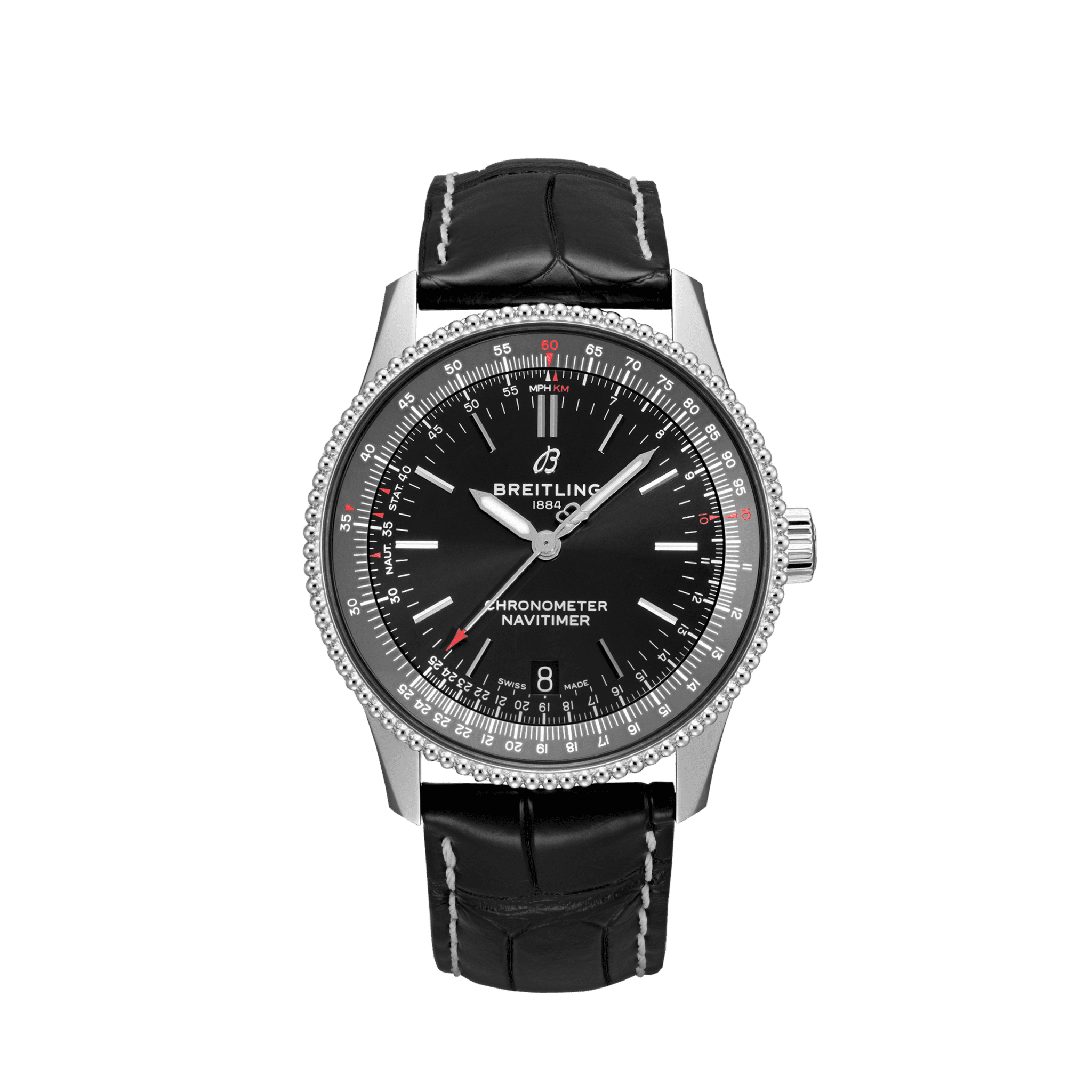
Here’s the same model for smaller wrists, the Navitimer Automatic 35, and the warm copper no-date dial makes me wish for it in 38mm. The beaded bezel is an uber-tasty callback to the original Navi, and I find the whole package just utterly captivating.
The polar opposite of the Automatic 35, the Navitimer B03 Chronograph Rattrapante 45 is one big ticket. If you’ve got substantial wrist real estate, this is one of Breitling’s nicest large chronographs, and the B03 Rattrapante movement is one of their most sophisticated. The gorgeous bronze-toned sunray dial is to die for, like a supermodel sunning on the deck of a superyacht anchored off the French Riviera. The whole stunning package comes equipped with a luxe tone-matched alligator strap.




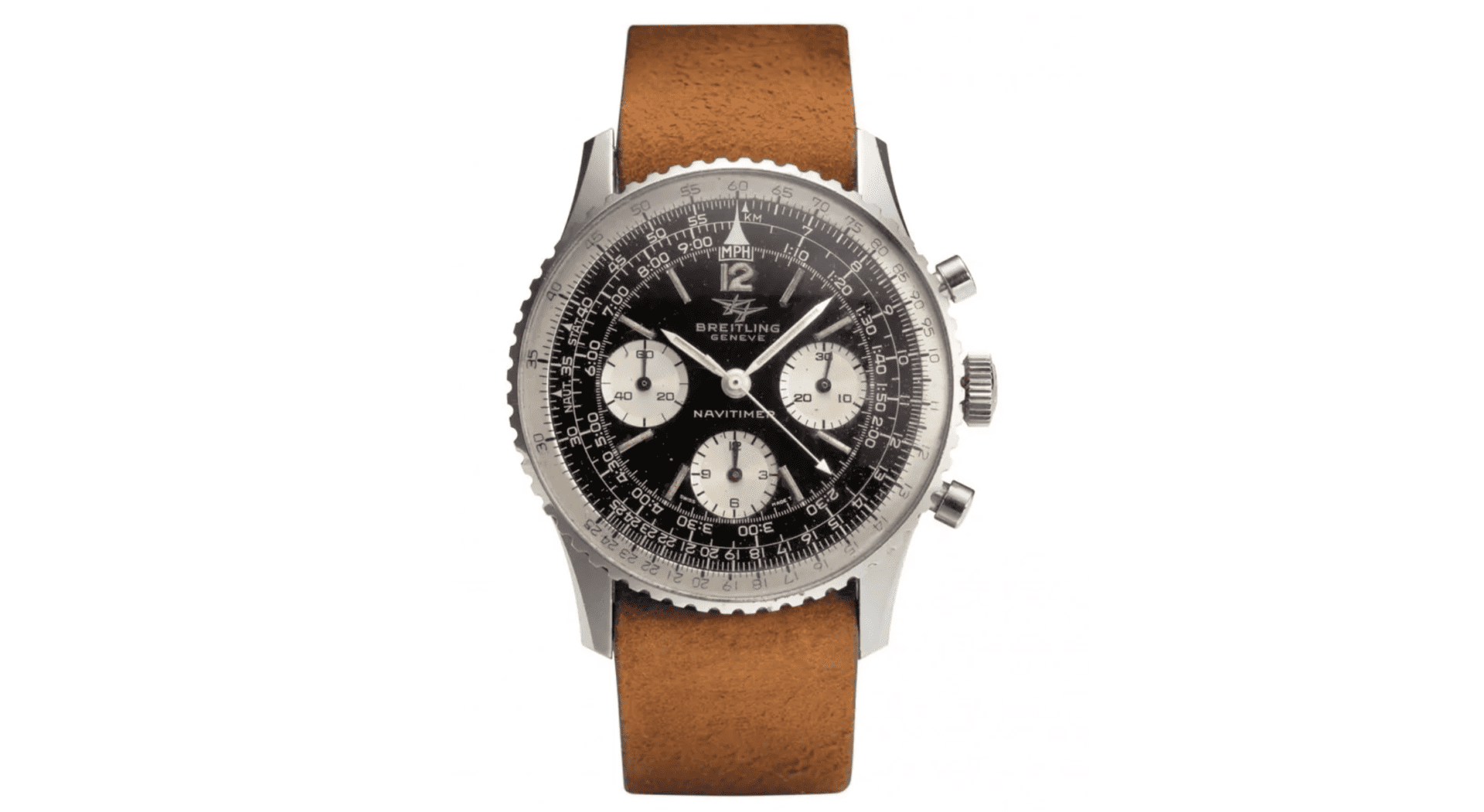
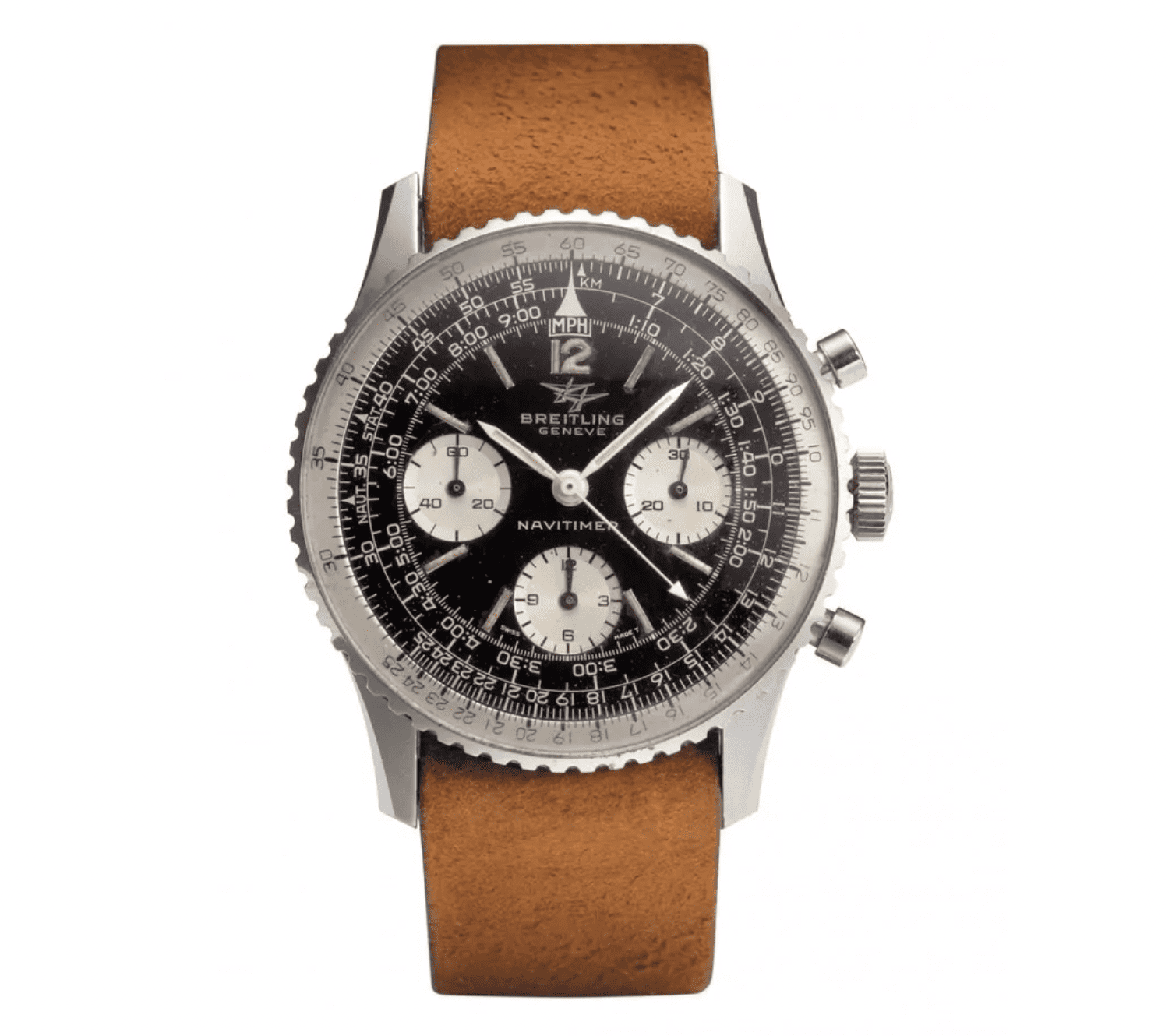
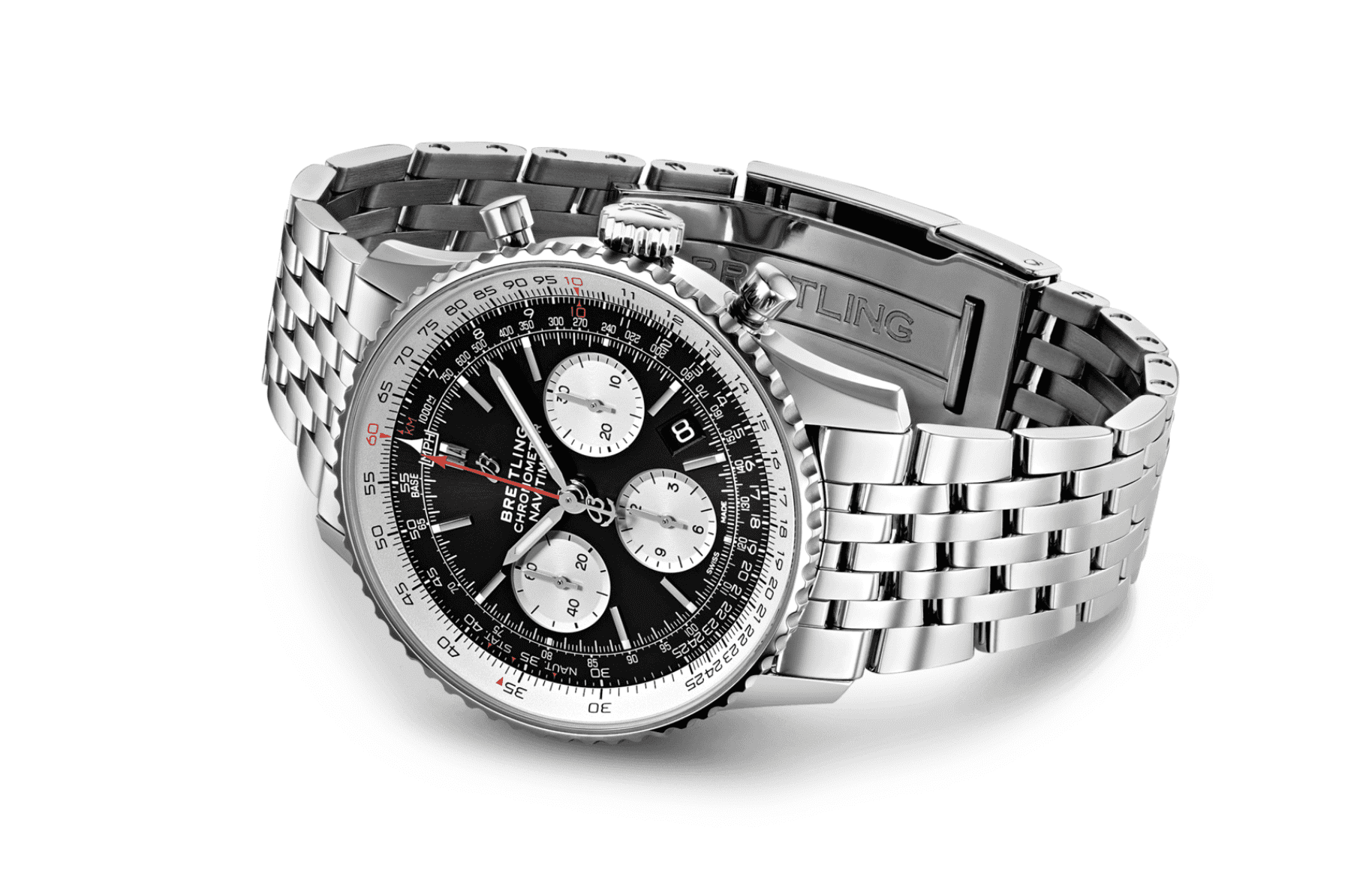 Introduction
Introduction